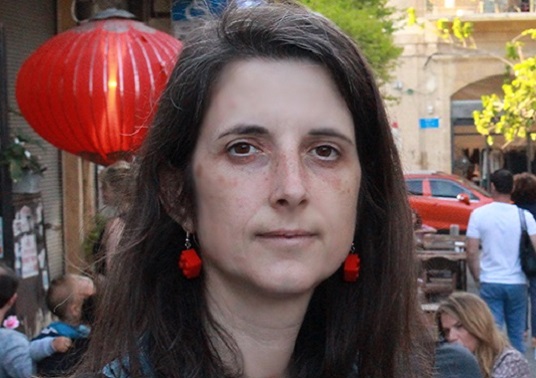
Next Thursday 09 March 2023 12:00 am on the Seminar Room - SS6 (Institutes building floor -1), Dra. Josefa González (Evolutionary and Functional Genomics Laboratory. Institute of Evolutionary Biology, CSIC, UPF, Barcelona, Spain) will give a Seminar on "Adaptation to natural and urban environments: a transposable element perspective"
SEMINAR(i):
Adaptation to natural and urban environments: a transposable element perspective
WHO?: Dra. Josefa González (Evolutionary and Functional Genomics Laboratory. Institute of Evolutionary Biology, CSIC, UPF, Barcelona, Spain)
LANGUAGE?: English
WHEN?: Thursday 09/03/2023 - 12:00 am.
WHERE?: Seminar Room - SS6 (Institutes building floor -1)
ABSTRACT:
How organisms adapt to the environment is still an open question in Biology. Whole-genome short read sequencing has allowed to explore the role of single nucleotide polymorphisms (SNPs) in environmental adaptation. However, SNPs alone can only explain a fraction of the existing ecologically relevant phenotypic variation. Among the structural variants that can now be studied, thanks to the availability of long-read sequencing, transposable elements are likely to play a major role in adaptation due to their capacity to generate mutations that often have phenotypic effects of a complexity that is not achievable by single point mutations. In our lab, we investigate the contribution of transposable elements to environmental adaptation in Drosophila melanogaster, a species that has recently colonized very distinct environments, and to urban adaptation in Anopheles coluzzii mosquitoes. We have generated de novo reference genomes for the two species and we have de novo annotated transposable element insertions in these genomes. For D. melanogaster, we have also generated transcriptomes and epigenomes and we have used genome editing to unequivocally linked the identified adaptive insertions to their relevant fitness-related effect. We are currently analysing >200 Anopheles genomes with the final goal of identifying new candidate genes to design vector control strategies.
Links:
Imatges:












